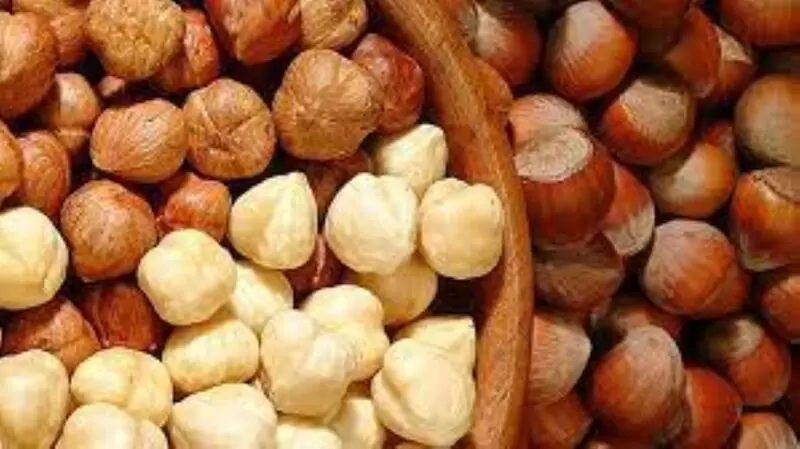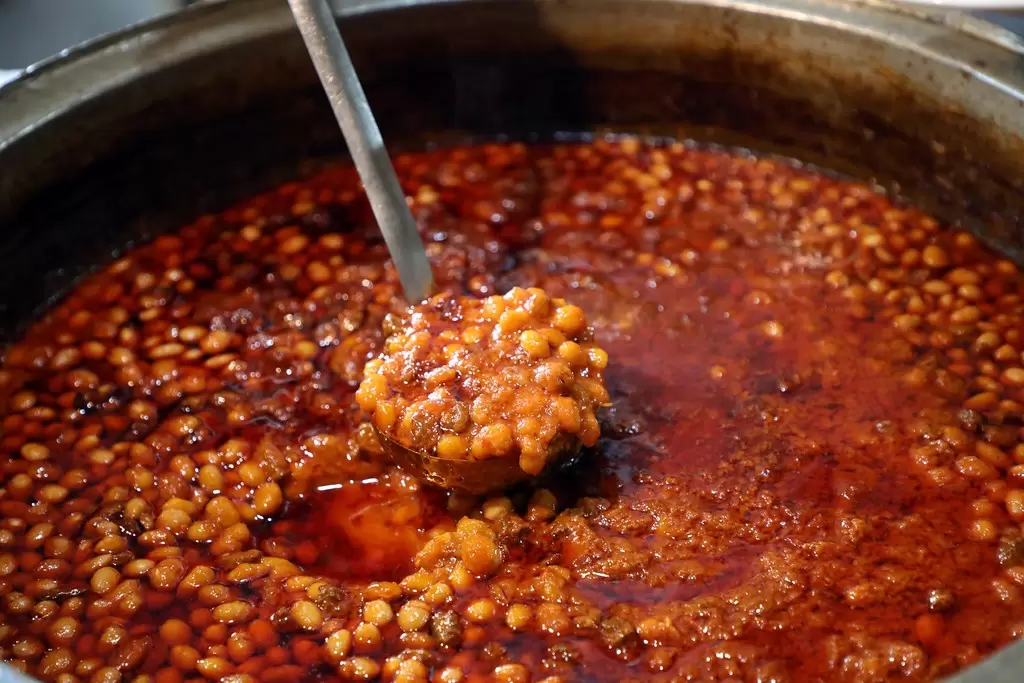
Akçakoca Yellow Hazelnut: A Geographical Treasure of Turkish Agriculture
Akçakoca Yellow Hazelnut, a geographically indicated product, is a standout variety native to the fertile lands of Akçakoca, Turkey. Known for its rich nutritional content, creamy texture, and robust flavor, this hazelnut is a symbol of the region’s agricultural heritage and natural abundance. With its unique characteristics and exceptional quality, Akçakoca Yellow Hazelnut holds a significant place in both local and global markets.
Distinctive Features of Akçakoca Yellow Hazelnut
-
Nutritional Excellence
- High Linoleic Acid Content: Akçakoca Yellow Hazelnut contains a linoleic acid range of 7.32–9.57%, which is higher than other yellow hazelnut varieties grown in Turkey, including those from Giresun. Linoleic acid is an essential fatty acid beneficial for heart health and overall wellness.
- Oleic Acid: It has a significant oleic acid content (81.70–83.57%), contributing to its superior quality and rich flavor.
- Amino Acids: This hazelnut variety is rich in aspartic acid (2292 mg per 100 grams) and histidine (689 mg per 100 grams), essential amino acids that support protein synthesis and metabolic functions.
-
Flavor and Texture
Akçakoca Yellow Hazelnut is prized for its creamy texture and sweet, nutty flavor, making it a favorite for snacking and a versatile ingredient in culinary applications. -
Pollination and Growth Process
The hazelnut undergoes a unique and extended pollination process:- Male flowers form in May-June, while female flowers develop in July-August.
- Pollination begins in November-December and continues for 4–5 months until May, followed by fertilization and fruit set.
- By late June, internal development is largely complete, and the hazelnuts are harvested in August.
-
Adaptation to Local Conditions
Grown in Akçakoca’s fertile soils and mild climate, the hazelnut benefits from the region’s natural conditions, ensuring consistent quality and flavor.
Cultural and Economic Importance
Akçakoca Yellow Hazelnut plays a vital role in the region’s culture and economy. It supports local farmers and is a key contributor to Turkey’s position as a leading hazelnut producer globally. Its geographical indication status guarantees its authenticity, protecting its reputation and promoting sustainable farming practices.
Harvesting and Processing
The hazelnuts are carefully harvested in August when they reach optimal ripeness. Post-harvest, they are dried and processed using traditional methods to preserve their nutritional value and flavor. These practices ensure that Akçakoca Yellow Hazelnut maintains its high quality for both domestic and international markets.
Culinary Applications
Akçakoca Yellow Hazelnut is a versatile ingredient in Turkish and international cuisine:
- Snacking: Its creamy texture and sweet flavor make it a popular snack.
- Desserts: Used in traditional Turkish sweets like baklava and helva, as well as global favorites like chocolates, pralines, and cakes.
- Savory Dishes: Adds richness and flavor to salads, sauces, and main courses.
- Nut Butter and Oil: Its high oil content makes it ideal for producing premium hazelnut butter and oil.
Sustainability and Traditional Farming
The cultivation of Akçakoca Yellow Hazelnut aligns with sustainable agricultural practices. The region’s farmers use environmentally friendly methods to maintain soil fertility and biodiversity, ensuring the longevity of hazelnut orchards and the preservation of natural resources.
Why Akçakoca Yellow Hazelnut Stands Out
- Nutritional Superiority: High levels of linoleic acid, oleic acid, and amino acids distinguish it from other varieties.
- Extended Pollination Process: The unique multi-month pollination ensures the hazelnut’s superior quality.
- Rich Flavor and Versatility: Its creamy texture and sweet taste make it suitable for a wide range of uses.
- Cultural Significance: It represents the agricultural excellence and heritage of Akçakoca.
A Must-Try for Travelers
For visitors to Akçakoca, experiencing the region’s yellow hazelnuts is a must. Whether enjoyed fresh, roasted, or incorporated into traditional Turkish dishes and desserts, Akçakoca Yellow Hazelnut offers a delicious and authentic taste of the region’s natural and cultural wealth.
Conclusion
Akçakoca Yellow Hazelnut is a shining example of Turkey’s geographically indicated products. Its superior nutritional profile, distinct flavor, and cultural importance make it a standout among hazelnut varieties. For travelers, food enthusiasts, and culinary experts, this hazelnut is a must-discover delicacy that embodies the essence of Akçakoca’s rich agricultural heritage.


















